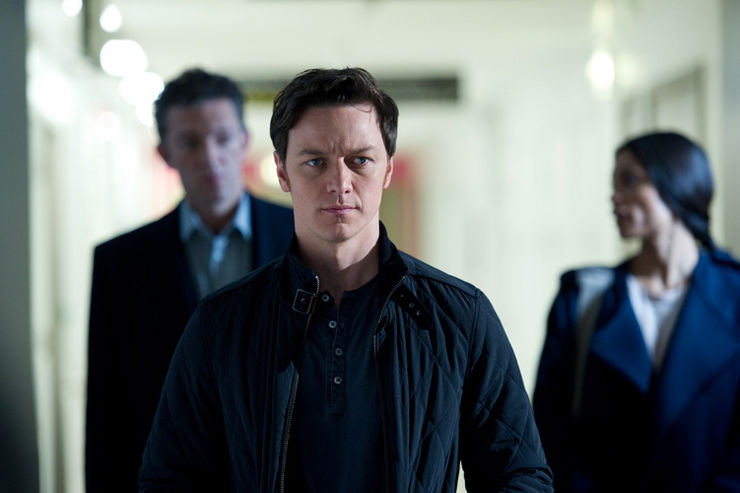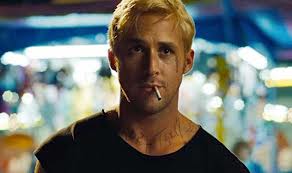by George Wolf
Just this week, Major League Baseball announced the formation of a task force charged with finding ways to reverse the decline of African Americans in the sport.
Even if it wasn’t timed to coincide with the release of 42, that announcement would bring Jackie Robinson to mind.
The story of Robinson breaking baseball’s color barrier is heroic, inspiring, and uniquely American. So why did news of a movie version bring immediate fears of how that story could falter?
Well, precisely because of some of the aspects 42 incorporates into its brand of storytelling.
To be fair, writer/director Brian Helgeland’s film is solid in areas that will most likely move audiences to cheers and applause. Crowd-pleasing aside, though, Helgeland’s biography too often becomes hagiography, casting Robinson as a near-biblical figure in a way that ultimately does a disservice to his achievements.
Helgeland, though more experienced as a writer than director, displays a nice feel for the pacing of Robinson’s story and for the historical details of the era. Rather than crafting the film as a slow build to Robinson’s first game with the Brooklyn Dodgers in 1947, Helgeland takes the tale from Robinson’s days in the Negro Leagues through his first season in “white baseball” with a speed that is brisk but never hurried. Though clocking in at slightly over two hours, 42 never feels bloated.
For baseball geeks like me, the rosters are familiar, the stadiums look great and the on-field play is competent. On those fronts, which are indeed important in a film such as this, thumbs up all around.
But as good as much of it looks, there is little intimacy. Chadwick Boseman is terrific as Jackie (looks like him, too) but isn’t given the room to explore anything beyond a one-dimensional saint. Harrison Ford gives a solid, albeit sometimes scenery-chewing performance as Dodgers executive Branch Rickey, leading a supporting lineup that is stacked with talent. The Tenth Man Award must go to John C. McGinley. His dead-on turn as legendary announcer Red Barber provides a joyous reminder of baseball on the radio.
Reminders are fine, but if that’s all Helgeland was after, he needed to aim higher. We know Robinson is an American hero, but he was human. We see some of the ugliness he faced (most likely a very small, watered-down sample), but we don’t feel his human struggle to the degree that we should.
This lack of depth is surprising, as Helgeland has penned complex, intelligent scripts before, such as Mystic River and L.A. Confidential. With 42, he is tentative, too afraid to stray from the Hollywood formula for fear of swinging and missing.
Ironic, and disappointing.










